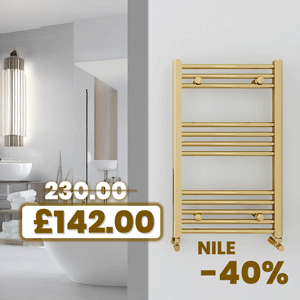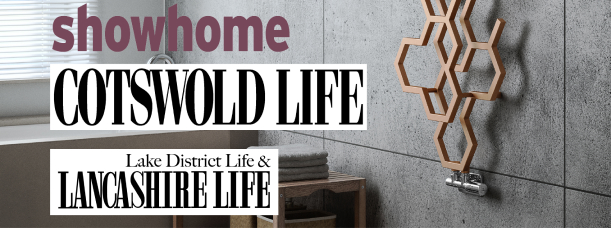Radiators and Heated Towel Rails are critical heating elements that directly impact your home’s comfort and energy efficiency. Over time, trapped air, sludge, and corrosion buildup can significantly reduce heat transfer, leading to higher energy bills and shorter product lifespans. Without regular maintenance, rooms may stay cold, your boiler works harder, and repair costs climb.
This guide will walk you through how to properly bleed your radiators, surface cleaning techniques, corrosion prevention tips, and the importance of clean system water. You’ll also find practical suggestions on choosing the right fixings for concrete, brick, or drywall surfaces, how to create a seasonal maintenance schedule, and how to perform final system testing. By following these steps, you’ll enjoy a longer-lasting and more efficient heating experience.
Why Regular Maintenance Matters
A high-efficiency heating system depends on proper upkeep. Radiators gradually trap air and debris, which restrict heat transfer and leave rooms cold—causing your energy bills to rise. Regular bleeding and cleaning help clear blockages and can improve energy efficiency by up to 10–15%. Taking basic corrosion-prevention steps also helps avoid leaks and costly repairs. Even simple monthly checks can extend the system’s lifespan to 15–20 years.
Bleeding Your Radiator
Locating the Bleed Valve and Tool Types
The bleed valve is typically located at the top corner or side of a radiator. Most models work with a “radiator key” or a flat-head screwdriver. Depending on the valve shape—square, hex, or button-style—using the correct tool ensures you won’t damage the screw head.

Step-by-Step Bleeding Instructions
- Turn off the radiator valve.
- Insert the radiator key and hold a small container underneath.
- Slowly turn the screw a quarter turn until you hear air hissing.
- Once water starts to drip steadily, close the valve.
- Check your boiler pressure and top up if necessary.
Bleeding Frequency Tips
Always bleed radiators before winter and during seasonal changes. For heavy usage areas, monthly bleeding is recommended.
Surface Cleaning
Tools and Materials
Use a microfiber cloth, warm soapy water or pH-neutral detergent, a soft brush, and a clean water container. Avoid abrasive powders or harsh chemicals that may damage the finish of your radiator.
Dusting and Deep Cleaning Techniques
Start by removing dust with a dry cloth or vacuum brush. Apply soapy water using a cloth, scrub gently, and wipe clean immediately. Use a soft brush for hard-to-reach areas. Finish by wiping with clean water and drying the surface.
Cleaning Frequency
Dust monthly and perform a deep clean at the start of heating and cooling seasons (autumn and spring). In humid climates, a deep clean every two months is ideal.
Corrosion Prevention Tips
Anti-Corrosion Coating Options
Powder coating, electrostatic painting, or zinc primers are first-line defenses against rust. Options include matte, gloss, or metallic finishes. Choose based on your room environment and maintenance habits.
Radiator Water Chemistry
Corrosion inhibitors and pH balancers slow down rust inside the system. Keep water pH between 6–8. Hard water increases limescale risk—use softeners or filters to reduce this by 10–20%.
Periodic Checks and Product Tips
Add inhibitors and test pH twice a year. Market-ready solutions include branded anti-rust sprays, tablets, and professional water test kits.
Radiator Water and Replacement Guide
Role of Radiator Water
Clean, balanced water efficiently carries heat and prevents energy loss. Dirt, rust, and sludge inside reduce water flow and heating performance.
Water Quality and Hardness Issues
High calcium and magnesium levels clog pipes and radiators quickly. Water softeners or inline filters can reduce hardness by 10–20%.
Step-by-Step Water Replacement Procedure
- Turn off the system and shut boiler valves.
- Open the drain valve to release old water.
- Open air valves to remove any trapped air.
- Refill with clean water and set boiler pressure to 1.2–1.5 bar.
- Recheck for leaks and start the system.
Seasonal Maintenance Calendar
Each season brings unique maintenance needs:
- Spring: Deep cleaning and rust inspection
- Summer: Water quality testing and leak repairs
- Autumn: Bleeding radiators, surface wiping, valve checks
- Winter: Pressure checks and thermostatic valve function testing
Now contact our expert team to plan your project—we’re just one step away from turning your dream décor into reality!












